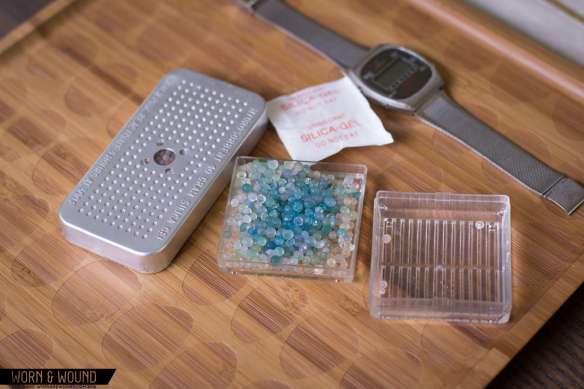If you hadn’t heard about Scottish watchmaker AnOrdain before, you might have been introduced by their collaboration with The Armoury, offering a co-branded version of their Model 1, a 38mm time-only model with heat-blued hands and a striking, glassy dial.
AnOrdain’s dials are made in Glasgow from vitreous enamel, using a process called Grand Feu: a slow, high-temperature fabrication that melts multiple layers of powdered minerals onto a metal base. The completed dial is smooth and almost organic in form, yet uniquely shaped during the layering and heating. The charm of the Model 1 is in the slightly imperfect enamel dial, which is part and parcel of being handmade, says Mark Cho, The Armoury’s co-founder.

AnOrdain x The Armoury













